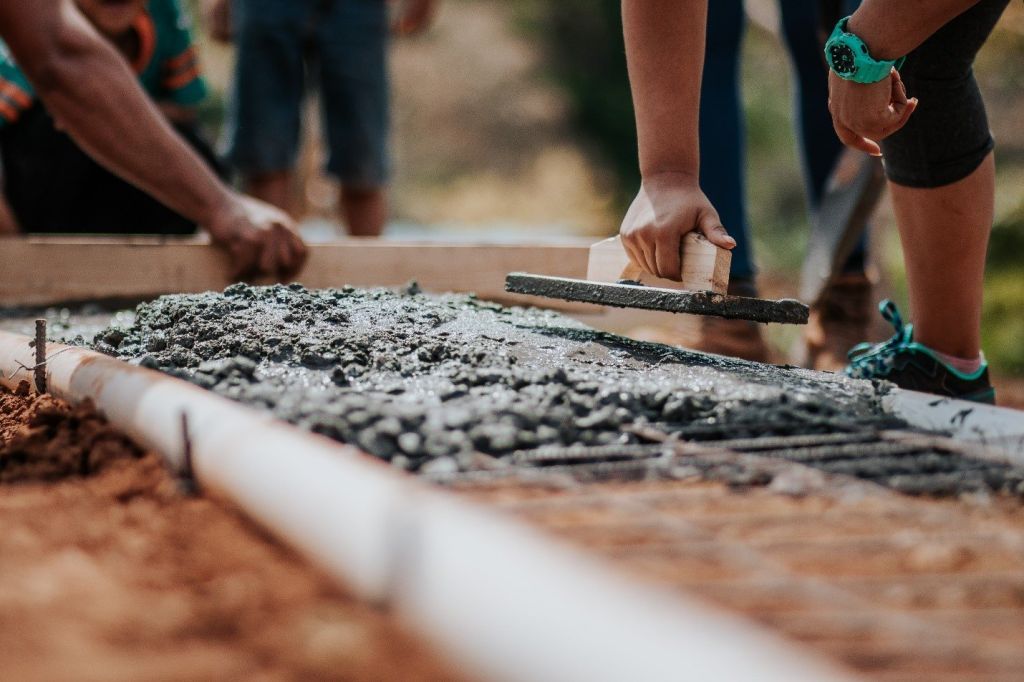Concrete is a modern marvel. It takes the strength and durability of stone and combines it with the versatility of being able to shape it in any way imaginable. This has allowed concrete to be used in nearly every piece of modern architecture, from the tallest skyscrapers to the longest bridges and tunnels. In fact, there is a pretty good likelihood that you’ve got concrete under your feet right now.
What is Concrete? And what’s it for?
Concrete is made up of large and small aggregates (pieces of stone, gravel, sand, etc.), cement, and water. When mixed together, they create this substance that is liquid but hardens into stone. And the fact that it’s made from such commonly found and cheap ingredients makes it one of the most affordable building substances available to the construction industry. In addition, it can easily be shaped using molds and casts. This makes it ideal for a number of different uses, including beams, walls, flooring, and more.
And though you might think that concrete must be incredibly heavy and dense, it’s actually not. It has 1/5 the density of lead and 1/3 the density of steel. It’s only a fraction denser than glass. So, it’s relatively lightweight. In addition, it can easily be mixed and poured on-site which makes it easy to transport over long distances. All in all, concrete is a marvel of modern building technology.
Why Reinforcing Concrete is Needed…
But that doesn’t mean it’s perfect. Too much tension on a piece of concrete can cause it to bend, stretch, and even break. Though this might not be that important if the concrete is on the ground, when you build a skyscraper with concrete that reaches hundreds of feet off the air, you’re going to want to make sure that it can withstand a great deal of pressure.
This is where reinforced concrete comes into play. By reinforcing concrete, builders are able to create concrete that resists tension, compression, and other pressures.
But, how does it work?
How Does a Builder Reinforce His Concrete?
Reinforced concrete uses an internal support system of steel bars or wires that run throughout the concrete. With this said, reinforcing concrete will not prevent temperature-induced or other kinds of cracks. However, once cracking occurs, the reinforcement controls crack widths and crack growth.
Generally, reinforcements are placed in the top third of the concrete. This ensures maximum crack resistance.
The biggest challenge of reinforcing concrete is maintaining it into the future. The steel used to reinforce concrete can rust, even though it’s hidden. This rusting will cause it to expand which can lead to damage in the concrete. This process is sometimes called ‘concrete cancer.’ And it’s something that you must be on the lookout for if you have lots of areas with reinforced concrete.

